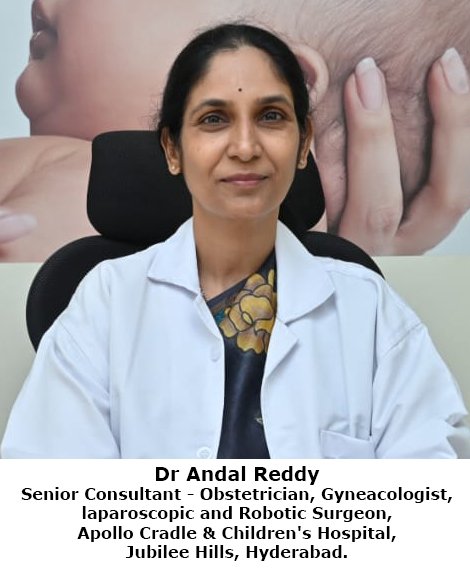
1. What are fibroids?
• Fibroids are common, non-cancerous tumors made of muscle and fibers in the uterus. Sometimes they may be in extra uterine sites like the broad ligament or cervix.
• They range in size from less than 1mm to >20cm like from pea size to the size of a watermelon.
• They may be in the wall of the uterus or on the surface of the uterus or inside the uterine cavity as in the intramural, sub-serous, or sub-mucous.
2. How common are fibroids?
They are seen in 40-60% of women, between 20-50 yrs of age, but may be seen in earlier or later age groups, though less common.
3. What are the causes of fibroid?
May be genetic or hormonal.
4. What happens when fibroids are there?
Most do not cause any symptoms- No treatment is required except for regular follow-up.
Symptoms depend on size and location and include Excess bleeding during periods and Frequent periods, Bleeding in between periods, Pain during periods, Lower abdomen fullness or bloating, Urinary symptoms and constipation, Pain during intercourse, Vaginal discharge & Difficulty in conception, etc.
5. What are the consequences of fibroids?
Anemia due to loss of blood or pressure on the urinary tract, risk of malignancy is very minimal and should be suspected if growth of fibroids is rapid, especially in menopausal ladies.
6. Do they go away on their own?
No, but sometimes they shrink in size after menopause due to a decrease in hormones.
7. Do they grow in size and number?
Yes, very slowly over a period of time.
8. Do they interfere with conception and pregnancy?
• They can interfere with conception due to their location in the uterus and hormonal changes.
• During pregnancy they may grow in size and become painful due to red degeneration.
• They may interfere with labour and may need Caesarean delivery and may also cause pre-term labour and bleeding after delivery.
9. What are the treatment options?
Most do not need treatment. If small and asymptomatic can be followed.
Symptomatic fibroids need treatment:
• MEDICAL: Birth control pills, GnRh analogues (gonadotropin-releasing hormone), Mifepristone, progesterone, and IUD (intra uterine device).
• SURGICAL: surgical treatment depends on age/ symptoms/location/need for childbearing, including, uterine artery embolism, myomectomy (removal of only fibroid) & hysterectomy.
Do consult your gynecologist for further clarification.
Leave a Reply